Tag: Stress
-

Euthanasia (part 1): caring for the client
—
by
Euthanasia is a big part of our work as veterinarians. Working in an emergency setting, it is something I have to face on every shift. It doesn’t get any easier no matter how many times I have to do it, but I have fine-tuned my approach over the years so each euthanasia process runs as…
-
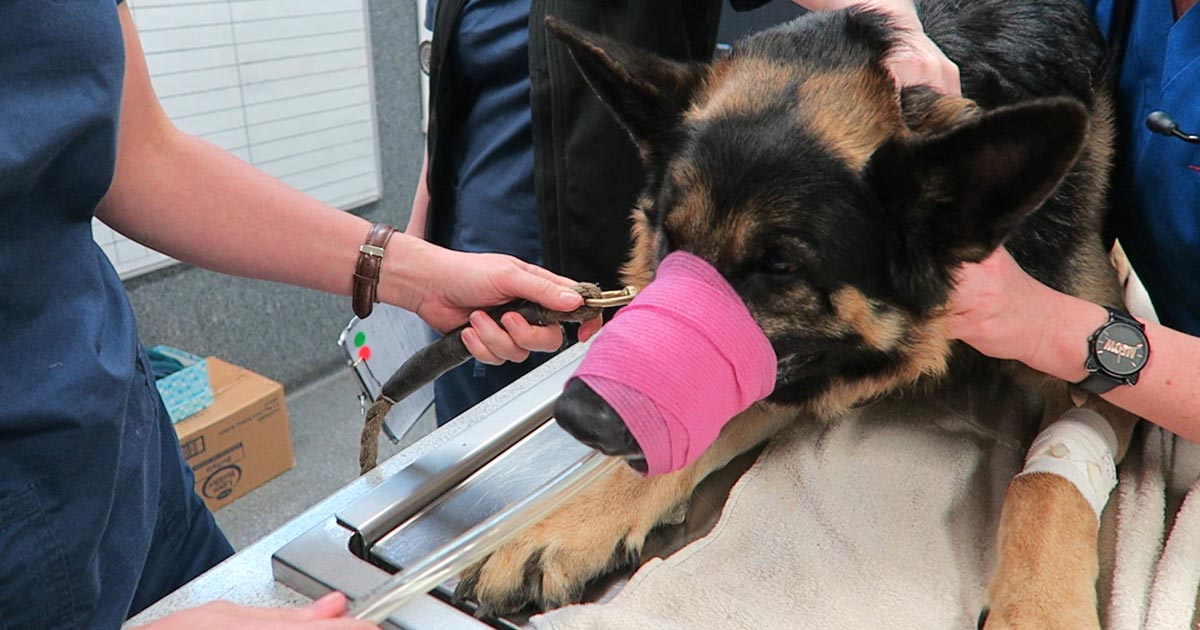
Focus on GDV, part 2: releasing the pressure
—
by
Last week we covered IV fluid resuscitation and pain relief. This week we will go into more detail about gastric decompression. Gastric decompression can be achieved in two ways: trocarisation stomach tube (orogastric tube) placement The decision on which method to use depends on many factors – personal preferences, past experiences and clinical protocols, to…
-

‘Tis the season for your well-being
—
by
After nine Christmases of blogs for Vet Times, what is the vet nurse blogger’s festive message this year? Previously I’ve espoused the issues of spending Christmas at work, at home and alone. I’ve shared the tales of the “turkey lollipop” and the festive chocolate roulette, so in another crazy year of COVID and staff shortages,…
-
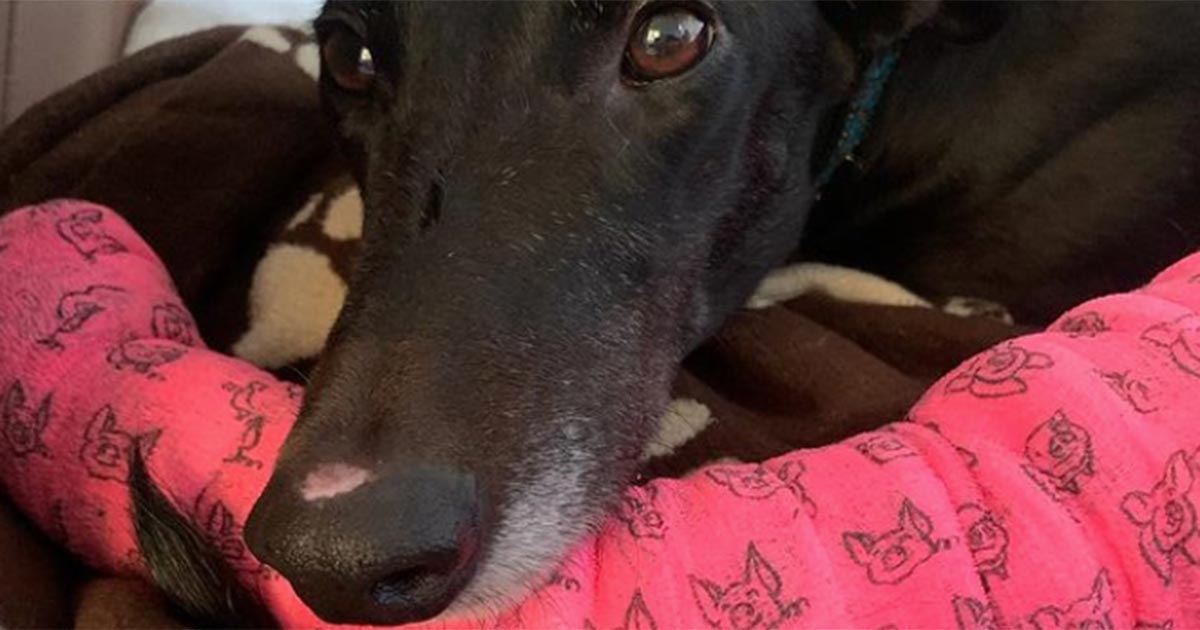
Roper, Logan and… Janey?
—
by
If you follow me on Instagram you will be aware that I have been at home nursing Joey with a badly fractured leg. Eight weeks in (at the time of writing) and he’s healing well, but it has been far from plain sailing. I have had to revisit some of my clinical nursing skills to…
-

When is a dog not a dog?
—
by
Every vet has their niche, speciality or personal interest. I think I’m slowly finding that mine may be located somewhere in the gastrointestinal (GI) system; as the daughter of an endoscopy nurse I like to think I’m following in the family footsteps. I was really enjoying my lectures on the topic until we reached the…
-
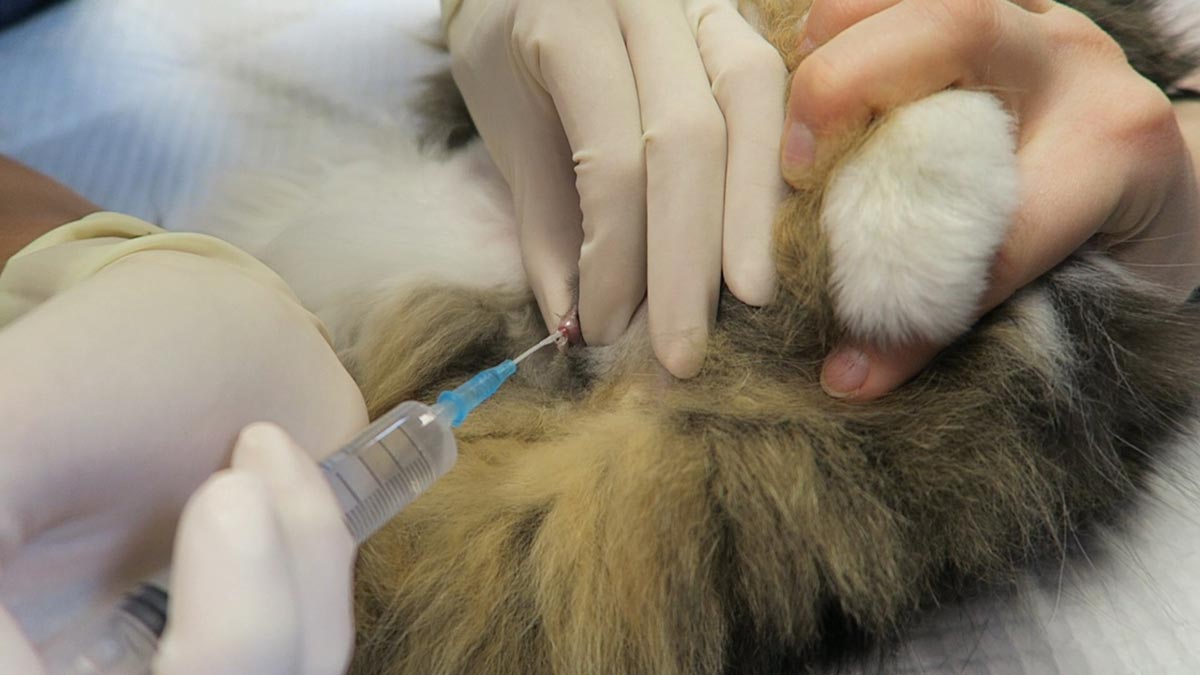
Temporary catheters in obstructed FLUTDs: buying time with a blocked cat
—
by
Obstructive feline lower urinary tract disease (FLUTD) is a common presentation in both general practice and emergency settings. Every clinician has his or her own approach to treating and managing a cat with obstructive FLUTD signs. Working in an emergency setting, once I have confirmed an obstructed bladder via palpation, I focus on trying to…
-
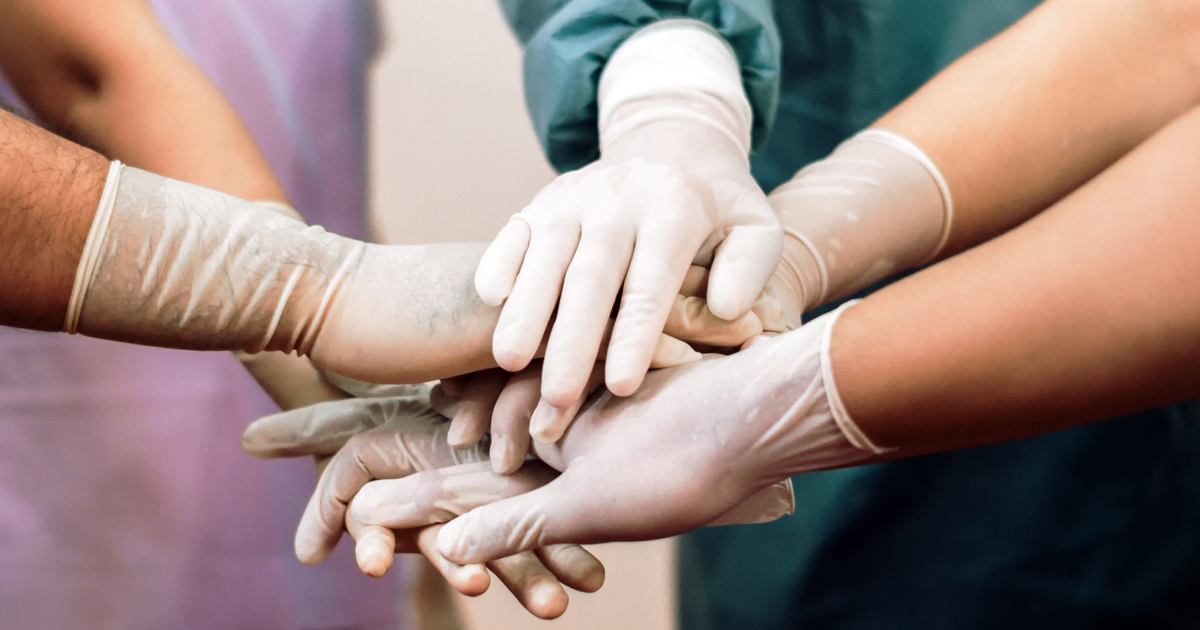
‘Big change starts small’ – working together to improve mental well-being
—
by
Much has been written about the impact of working during COVID-19 on the mental health of nursing staff. Intensive therapy unit (ITU) nurses have consistently reported a range of symptoms of PTSD, having had to manage up to four or five critically ill patients who really necessitated one on one care. Ward nurses have struggled,…
-
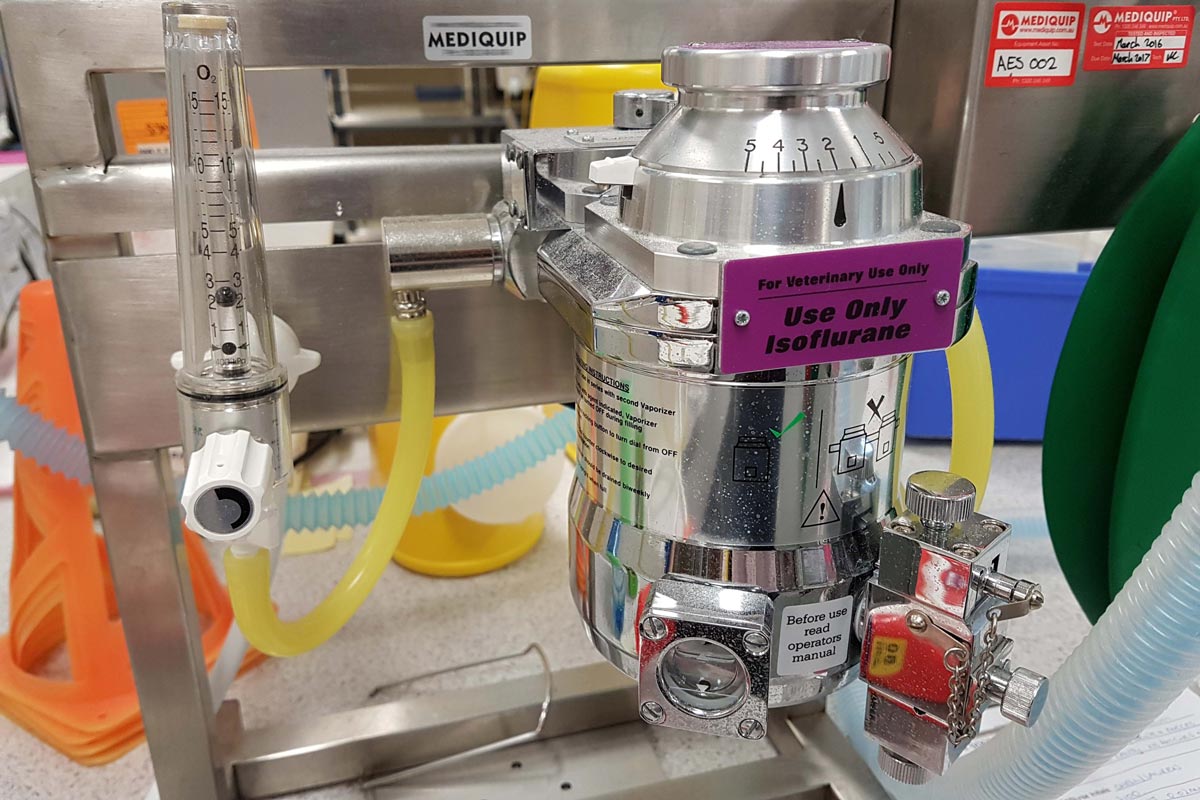
Isoflurane and oxygen: the dangers of 2 and 2
—
by
It is a common practice to place all patients on 2% isoflurane and 2l/min oxygen flow rate, but blanket isoflurane saturations and oxygen flow rates can be dangerous. Without a doubt, the majority of patients seem to do just fine at these levels; but every patient is different, and simply placing all patients on 2%…
-
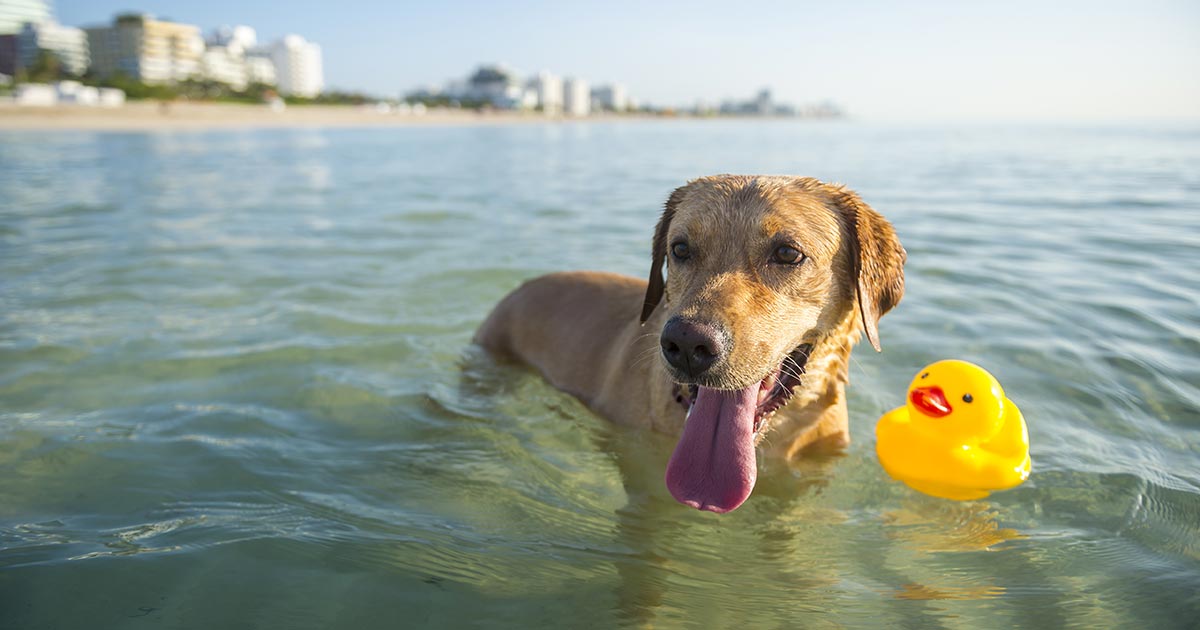
Summer hazards for beach dogs
—
by
The recent hot weather has been fabulous in many ways – my Scottish skin has decided to tan, I’m sea swimming most days and I’m back in my archive – roll on a summer of fun and vet history. But there is a blot on the landscape that causes my RVN brain some stress during…
-
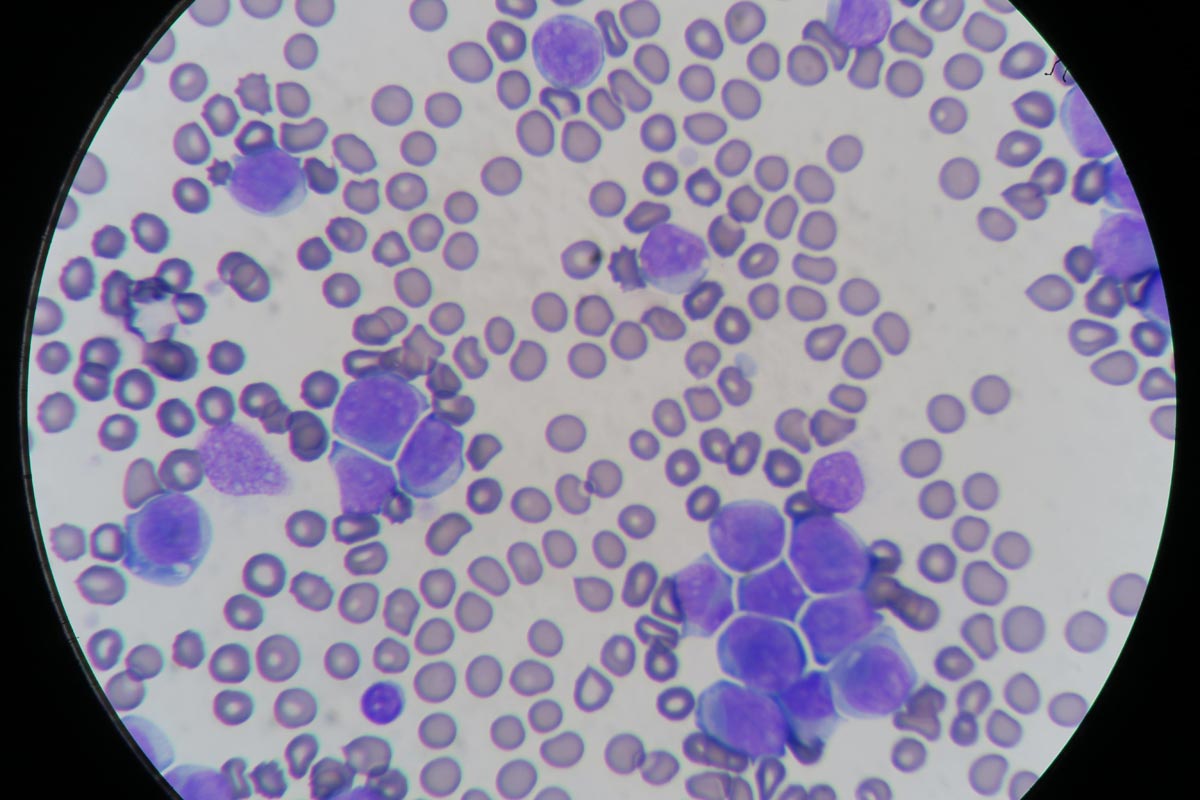
Blood smears – make them a routine test
—
by
Blood smear evaluation is an often overlooked, but very important, aspect of an in-house haematology. With the advancement in haematology analysers that can now detect reticulocytes and even band neutrophils, some practitioners are beginning to rely solely on the numerical data alone in evaluating the patient’s blood. The art of blood smear interpretation is on…